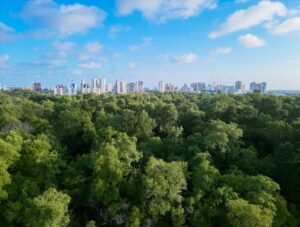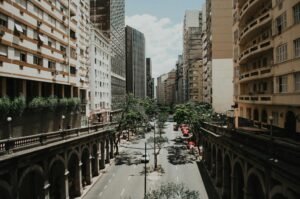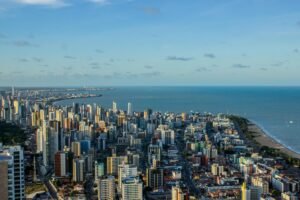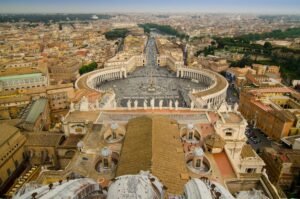
COP30 in BELÉM 2025
More Than “Just the Forest”: Misconceptions About Northern Brazil
Brazil is a vast and diverse country — that much is well known. But what’s often overlooked is how many Brazilians themselves are unaware of their own country’s rich cultural and regional complexity. Sure, no one knows everything, but it’s shocking how often the North is still reduced to “just the forest.”
What’s worse is that this isn’t limited to the general public — even journalists, politicians, and public figures, who should know better, frequently make ignorant and uninformed statements about the region. Sometimes it seems they haven’t done even the most basic research. Whether it’s due to laziness, bias, or indifference, their words reveal just how disconnected they are from the realities of the Amazon and its people.
Pará: A Powerhouse Without Power
Belém, the capital of Pará, turned 409 years old on January 12th. It’s a vibrant city with a rich culinary tradition and a cultural identity shaped by Indigenous, African, and European — especially Portuguese — influences. Yet, like much of the North, it suffers under national policies that often neglect the region, despite its major contributions to Brazil’s economy.
Pará is the largest economy in Northern Brazil and a powerhouse of natural resources. Still, the wealth generated there rarely benefits its people. Despite being the second-largest producer of electric energy in the country, Pará has the most expensive electricity tariffs in Brazil.
A study by the Institute for Applied Economic Research (Ipea) revealed that wealth from mining operations in Marabá — especially from the Salobo project — doesn’t translate into improved living conditions. The infrastructure remains poor, and basic services are lacking.
To make matters worse, Pará hosts the second and third largest hydroelectric plants in the country — Belo Monte and Tucuruí — yet it still pays the highest electricity rates. The energy generated by Belo Monte primarily supplies the North, Central-West, and Rio de Janeiro. Tucuruí powers Pará, Maranhão, and Tocantins, but also exports electricity to the Northeast, Southeast, and Central-West through the National Interconnected System (SIN).
COP30 in Belém 2025: Why it Matters?
So COP30 is very important because it puts Pará — and the Amazon — at the center of the global stage. Hosting this major climate summit in Belém means the world will not only discuss environmental preservation but will also witness the social, economic, and cultural realities of a region too often overlooked.
This is a rare opportunity for Brazil to reflect on its internal inequalities and reframe the way it sees and treats the North. For once, the narratives won’t just be about saving the rainforest, but also about empowering the people who live within and around it — people who have preserved it for generations without receiving their fair share of the nation’s progress.
If Brazil wants to lead the global conversation on sustainability, it must start by looking inward — and recognizing that environmental justice includes social justice for regions like Pará.
Read more: Beyond the Stereotypes: North and Northeast of Brazil







